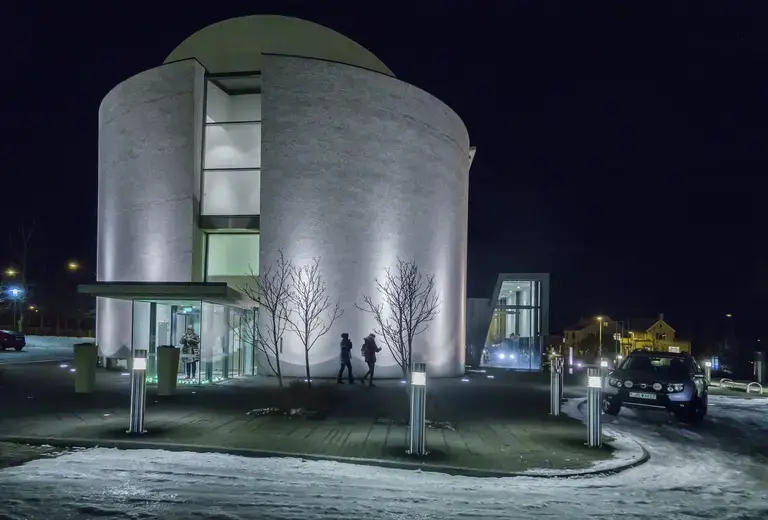
The National Museum of Iceland
Opening Hours:
Mon - Sun: 10.00am - 5.00pm
Website: https://www.thjodminjasafn.is/
Email: thjodminjasafn@thjodminjasafn.is
The National Museum displays objects that provide insight into Icelandic cultural history - displays that encourage visitors to dwell on the past, present and future. The museum aims to nurture knowledge and innovation while maintaining a wide perspective and sense of community.
History and Role of the National Museum of Iceland
The National Museum was established on 24 February 1863. Icelandic museum pieces up until that time had been kept in Danish collections. Jón Árnason librarian was made curator of the Icelandic collection. Several months later he was permitted to hire another curator; Sigurður Guðmundsson 'the painter,' who was the first to advocate the establishment of an antiquarian collection in Iceland.
The museum was called the Antiquarian Collection up until 1911 when the name was changed to the National Museum of Iceland. During the first decades, it was housed in several attics in Reykjavík - in the Cathedral, House of Corrections, Parliament and National Bank - and finally the attic of the National Library building on Hverfisgata (now the Culture House) for four decades. When the Republic was formed in 1944, Parliament decided to give the nation a museum at Suðurgata, into which the collections were moved in 1950. Six decades later it has been entirely refurbished to meet present standards and requirements.
The role of the National Museum is varied, reflecting its legal obligation as a national centre for the preservation and management of cultural heritage, cultural research programmes and promulgation of knowledge and information, which relates to the cultural heritage of the nation.